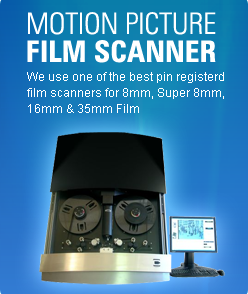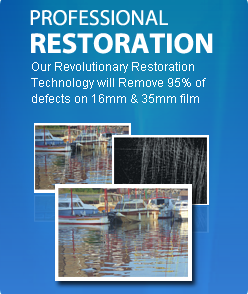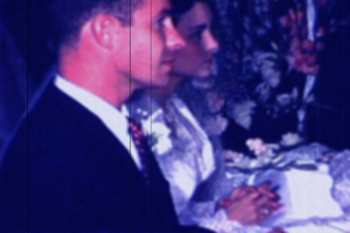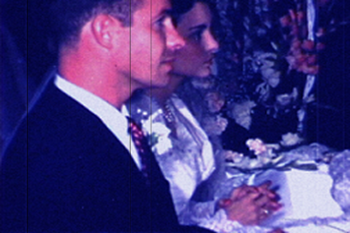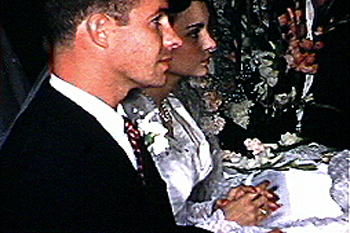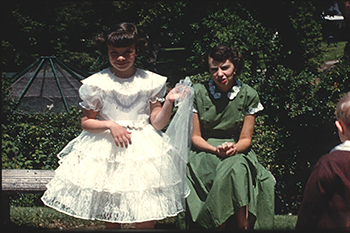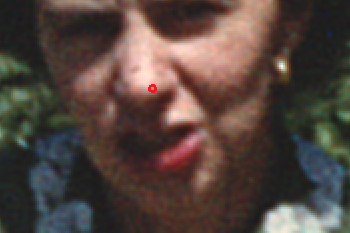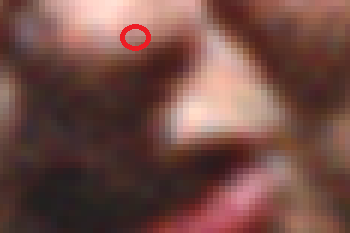
The first table shows how the same film looks using our 4 different processes. You can see that the difference can be significant for our Scottsdale customers.
The second table presents a case for scanning 8mm and Super 8 film at 2K resolution. In the past year we have done 20 comparisons. Contrary to popular belief, we do see a noticeable difference in quality between our Pro HD and Pro 2K process on 8mm and Super 8 film.
8mm And Super 8 Film Scottsdale |
|
SD Scan
|
|
Pro HD Scan
|
|
Pro 2K Scan
|
|
Pro 4K Scan
|
|
Film Resolution |
|
Resolution of Film |
|
Film Grain
|
|
Film Grain vs Digital Pixel
|
|
So, for example, if you are looking for the best quality DVD, scan your 8mm or Super 8 at HD. If you are looking to go to BluRay then scan your 8mm or Super 8 at 2K.
Professional films usually have access to the original camera negative in addition to work prints, answer prints, etc. It is always better to scan using the original camera negative.
Scottsdale Fun Facts: Scottsdale has twice been a finalist community for the National Civic League's coveted "All-America City Award". In 1993, Scottsdale was also named the "Most Livable City in the United States" by the United States Conference of Mayors. Scottsdale was originally settled in the late 1880's with the name Orangedale. The town's name was changed to Scottsdale in 1894.
Arizona Fun Facts: Arizona, the Grand Canyon state, achieved statehood on February 14, 1912, the last of the 48 coterminous United States to be admitted to the union. Originally part of New Mexico, the land was ceded to the United States in 1848, and became a separate territory in 1863. Copper was discovered in 1854, and copper mining was Arizona’s premier industry until the 1950s. After World War II, the widespread availability of refrigeration and air conditioning caused Arizona’s population to boom and Phoenix to become one of the fastest growing cities in America.
